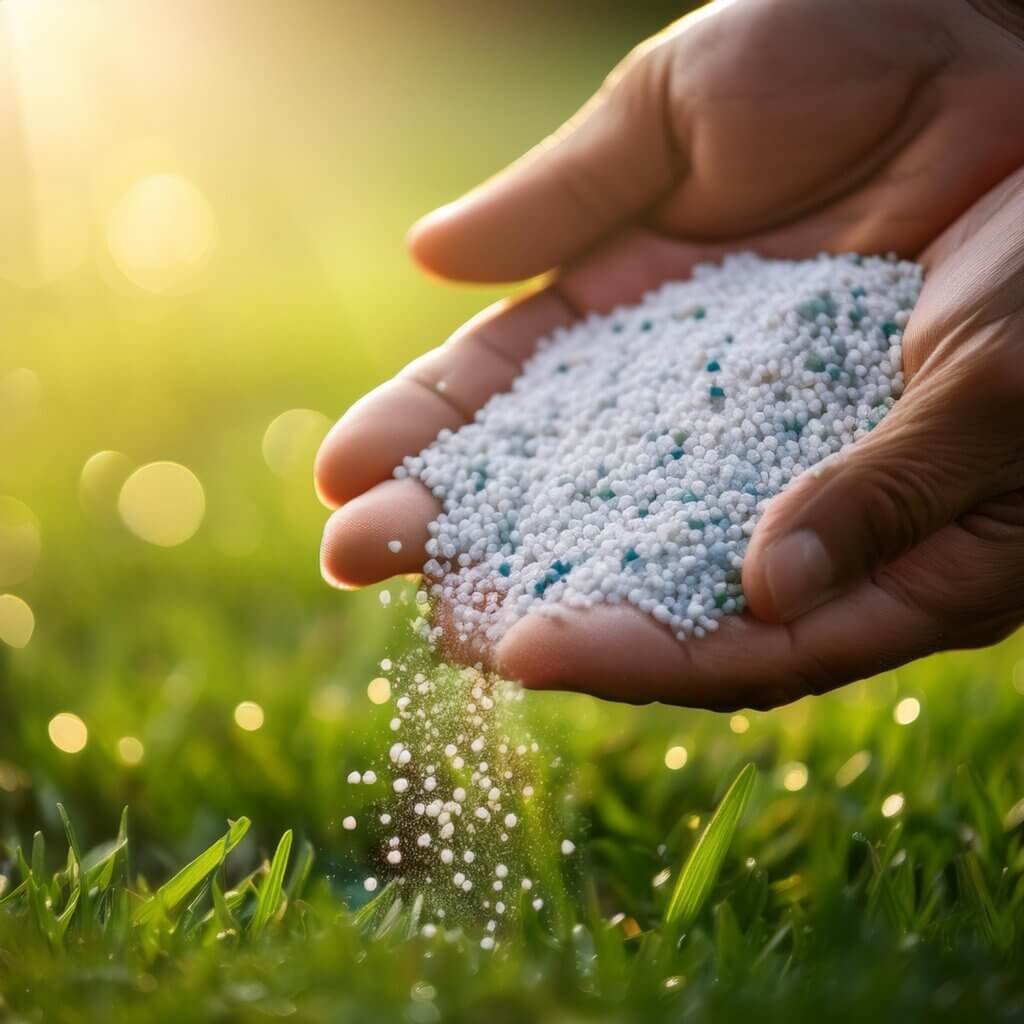Introduction
The nitrogenous fertilizer market is poised for significant growth as global agricultural demands rise. Nitrogen, one of the essential nutrients for plants, plays a critical role in boosting crop yields. With a projected market growth of 3.4% CAGR from 2023 to 2028, nitrogenous fertilizers are becoming increasingly important in ensuring food security. In this blog, we will explore the key trends that are driving this growth and shaping the future of the nitrogenous fertilizer industry.
Focus on Sustainability and Eco-friendly Practices
As concerns about environmental sustainability grow, the nitrogenous fertilizer industry is adapting by introducing greener alternatives. Traditional fertilizers, while effective, have been associated with nitrogen runoff and soil degradation. To address these challenges, companies are developing slow-release fertilizers that minimize nutrient leaching and reduce environmental pollution. Additionally, there is a growing focus on enhancing fertilizer efficiency, which allows for optimal nutrient delivery while reducing the quantity needed.
Technological Advancements in Fertilizer Production
The fertilizer market is undergoing a technological revolution. Modern farming practices require fertilizers that can deliver nutrients more efficiently, and technological innovations are helping meet these needs. Enhanced efficiency fertilizers (EEFs) are designed to improve nitrogen absorption, leading to better crop yields with less fertilizer. Moreover, advancements in fertilizer coating technologies have enabled the production of slow-release fertilizers, which provide plants with a steady supply of nutrients over an extended period, improving both crop yield and sustainability.
Increasing Adoption of Digital Agriculture
Technology is transforming agriculture, and the use of digital tools is becoming more common. Precision agriculture, which uses data analytics, IoT devices, and AI to optimize farming practices, is driving fertilizer application efficiencies. By utilizing data on soil health, weather patterns, and crop conditions, farmers can apply fertilizers more accurately, reducing wastage and minimizing environmental impact. As digital agriculture continues to gain traction, the demand for efficient nitrogenous fertilizers is expected to rise.
Government Policies and Subsidies
Governments around the world are taking steps to ensure that fertilizers are both affordable and effective in meeting the growing food demands. In many developing nations, governments are offering subsidies to make nitrogen fertilizers more accessible to farmers, particularly small-scale producers. Additionally, policies promoting sustainable farming practices are influencing the fertilizer market, encouraging the adoption of eco-friendly and efficient nitrogen fertilizers.
Conclusion
The nitrogenous fertilizer market is evolving in response to the changing demands of agriculture and environmental sustainability. As trends such as sustainability, technological advancements, and digital agriculture continue to grow, the market is expected to expand significantly. The future of the industry will depend on balancing crop productivity with environmental considerations, and stakeholders must continue to innovate to meet these challenges.



